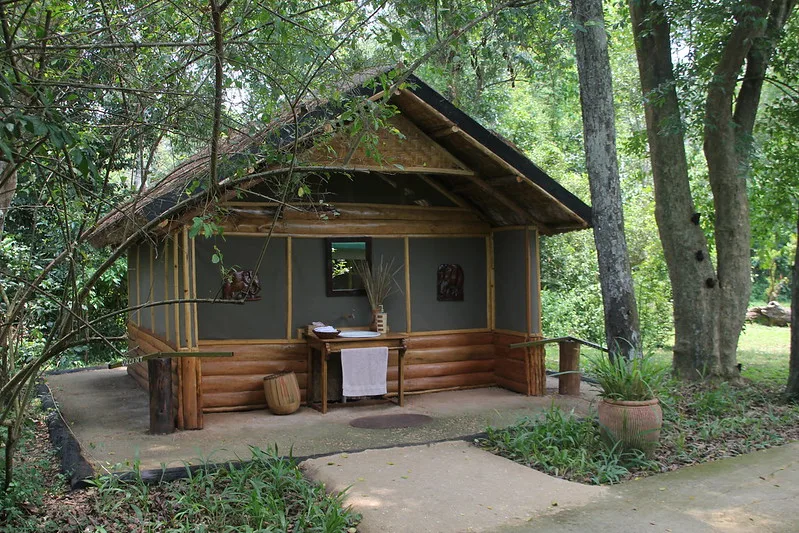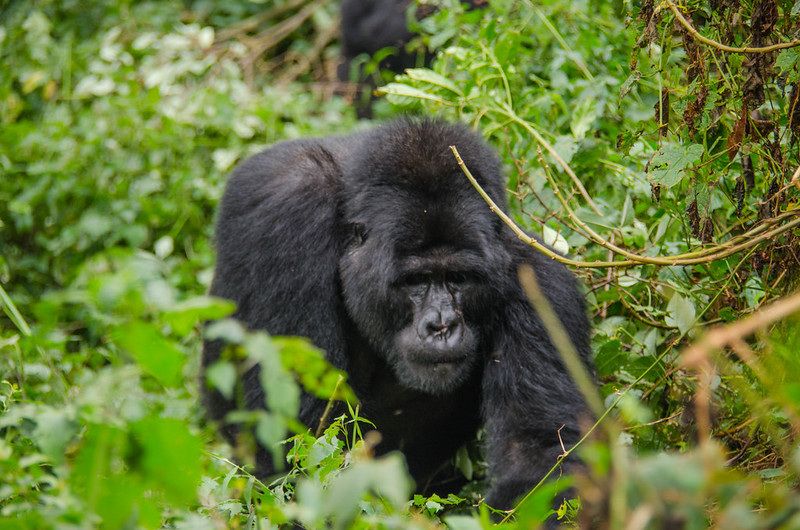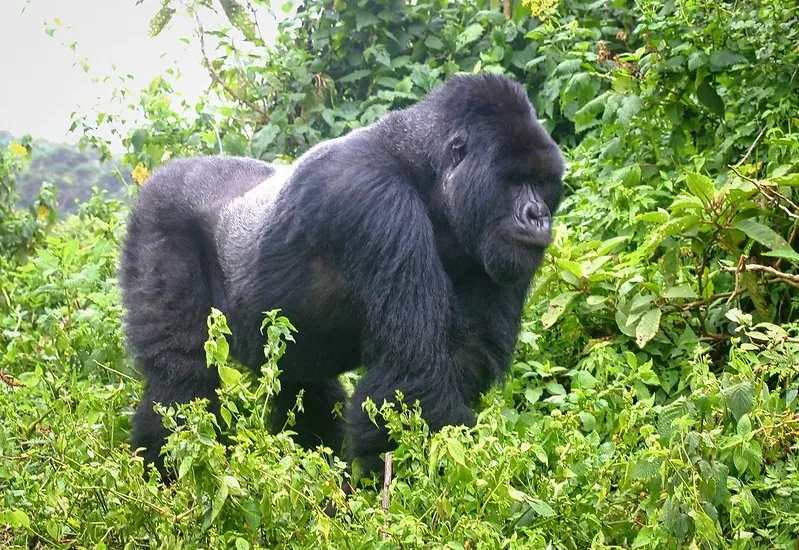Vous êtes bienvenus, aventuriers courageux, dans les merveilles sauvages de l'Ouganda, où l'appel de la…
Nkusi Falls, Lake Albert’s ZENITH.
Albert Lake:! Sir Samuel Baker, a British explorer, named the lake after Prince Albert in 1864. Locally, it is known as Nyanza or Muttanzige (one that kills locusts). Lake Mobutu Sese Seko was named after Zaire’s then-President Mobutu Sese Seko in the 1970s (now the Democratic Republic of Congo). L. Albert is shared between Uganda and the Democratic Republic of the Congo, divided by a maritime frontier. It has a maximum depth of 51 meters and encompasses a total area of 5300 square kilometers, roughly 30 kilometers broad and 160 kilometers long.
Lake Albert is a hidden treasure, a lovely fresh-water lake in the Western Rift Valley. This lake is a dramatic product of past earth movements and crustal cracking. What an incredible geological sight! When the flora from the rift wall reflects on the waterways, it appears like the waters are green. The rift wall has been precisely shaped throughout time by erosion and/or denudation, giving it an extended graphic representation.
The lake is home to around 140 bird species, including the renowned Shoebill Stork. It is a haven for hippos and crocodiles, as well as an elephant migratory route. Albert’s main fish species are Nile Perch and Tilapia. Two important tributaries, R. Muzizi and R. Semliki, supply this lake! The Albertine environment is heavily influenced by Lake Albert.
The most striking feature of this rift-valley water body is the amazing Nkusi Falls! They are unnoticed but extraordinary! They are stunning in their beauty, yet they are concealed! They can only be reached by boat from Ntoroko, on the outskirts of the Semliki Toro Reserve.
A 90-minute voyage in a powered canoe provides a variety of picturesque opportunities. Local fisherman tossing their nets or relaxing on their docked boats with makeshift shelters to fishing communities with hundreds of little dwellings. The voyage is made more gorgeous by the dome-shaped hills that magnificently top the Rift-wall and flocks of birds grazing on the shoreline. A gentle spray of the chilly waters occurs as the boat gathers velocity against the direction of the wind blow. What a revitalizing sensation!
Like one approaches the magnificent Nkusi Falls, it seems as a little thread hanging from a cliff, with portions hidden behind peaks. It seems like off-white paint sprayed from atop the cliff as vision improves. It’s a tantalizing sight, yet it leaves you wanting more. It begins as a simple hissing sound from a distance. Then it becomes a more aggressive noise as a result of a mix of wind and fast-flowing streams that funnel through narrow ridges. The majestic Nkusi Falls then thunders and exposes its vast strength.
Getting soaked is unavoidable once the boat docks! This is a little annoyance in comparison to the splendor of these magnificent falls. As they rage, the waves mercilessly squeeze between tiny crests and generate plumes of spray before ultimately settling in Lake Albert. They fall from a height of more than 100 meters, undermining the magnificence of Murchison Falls, which fall from a height of roughly 44 meters. Murchison Falls (Kabalega Falls) retain its dominance solely in terms of water volume.
Watching these falls and listening to the patterns of the winds and water is an experience to remember. A real depiction of nature’s wonders and the profound importance they have for those who have the privilege to visit them. As the waves settle and become tranquil, foam forms on the surface and decorates the lake. This will continue until human activity puts an end to it. How depressing would that be?


